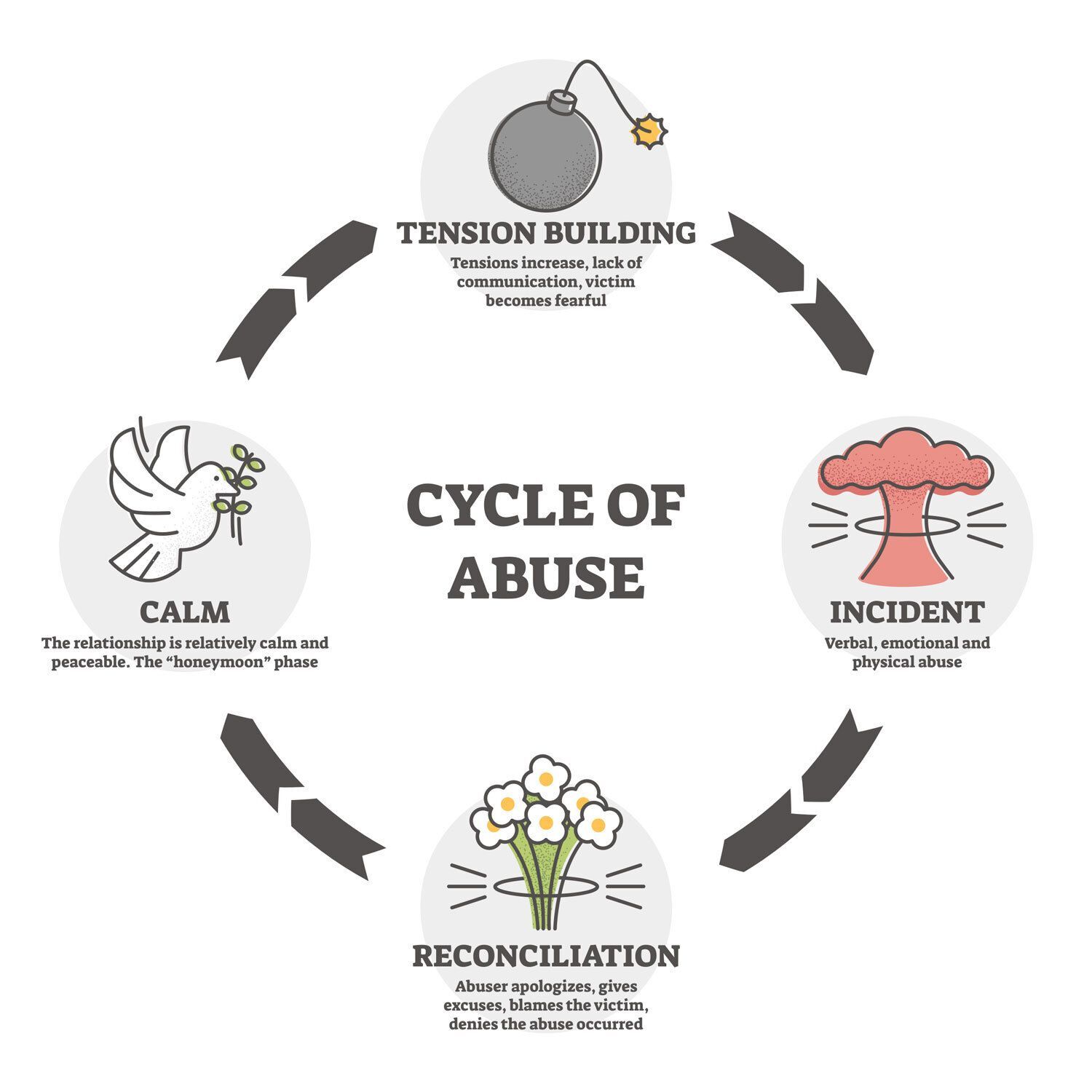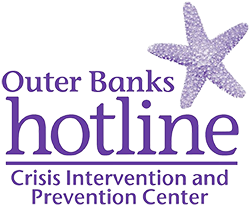ROUND AND ROUND YOU GO
There is a certain script domestic violence follows and survivors know it well. Most advocates will attest that abusers are not impulsive or out of control, but rather rigidly in control. They carefully plan and calculate their abuse, be it subtle forms of control or threatening acts of violence. The cycle of abuse is a social cycle theory developed in 1979 by Lenore E. Walker to explain patterns of behavior in an abusive relationship. This phrase describes any set of conditions which perpetuated an abusive and dysfunctional relationship and to describe the patterns of calm, violence and reconciliation within an abusive relationship. The cycle of violence is something that can be passed down to children as they witness the violence growing up and fell like it is normal and how relationships are supposed to be. Although simplistic, the cycle continues to resonate with many survivors and its overall message is clear – domestic violence is destructive, ongoing and relentless.
Are you ready to get off the wheel? Learn how to safely leave an abuser in our Escaping Violence section.

The cycle usually goes in the following order, and will repeat until the conflict is stopped, usually by the survivor entirely abandoning the relationship.
- Tension Building: Stress builds from the pressures of daily life, like conflict over children, marital issues, misunderstandings or other family conflicts. It also builds as the result of illness, legal or financial problems, unemployment or catastrophic events like floods, rape or war. During this period, the abuser feels ignored, threatened, annoyed or wronged. The feeling lasts on average several minutes to hours or sometimes may last as long as months.
- Incident: During this stage, the abuser attempts to dominate their victim. Outbursts of violence and abuse occur which may include verbal abuse of psychological abuse. In intimate partner violence, children are negatively affected by having witnessed the violence, and the partner’s relationship degrades as well. The release of energy reduces the tension and the abuser may feel or express that the victim “had it coming to them”.
- Reconciliation: The perpetrator may begin to feel remorse, guilty feelings or fear that their partner will leave or call the police. The victim feels pain, fear, humiliation, disrespect, confusion and may mistakenly feel responsible. Characterized by affection, apology, ignoring the incident, this phase marks an apparent end of violence, with assurances that it will never happen again or that the abuser will do their best to change. During this phase the abuser may feel or claim to feel overwhelming remorse and sadness. Some will walk away from the situation with little comment, but most will eventually shower the survivor with love and affection. The abuser may use self-harm or threats of suicide to gain sympathy and/or prevent the survivor from leaving the relationship. Abusers are often so convincing and survivors are so eager for the relationship to improve, that survivors, who are often worn down and confused by longstanding abuse, stay in the relationship.
